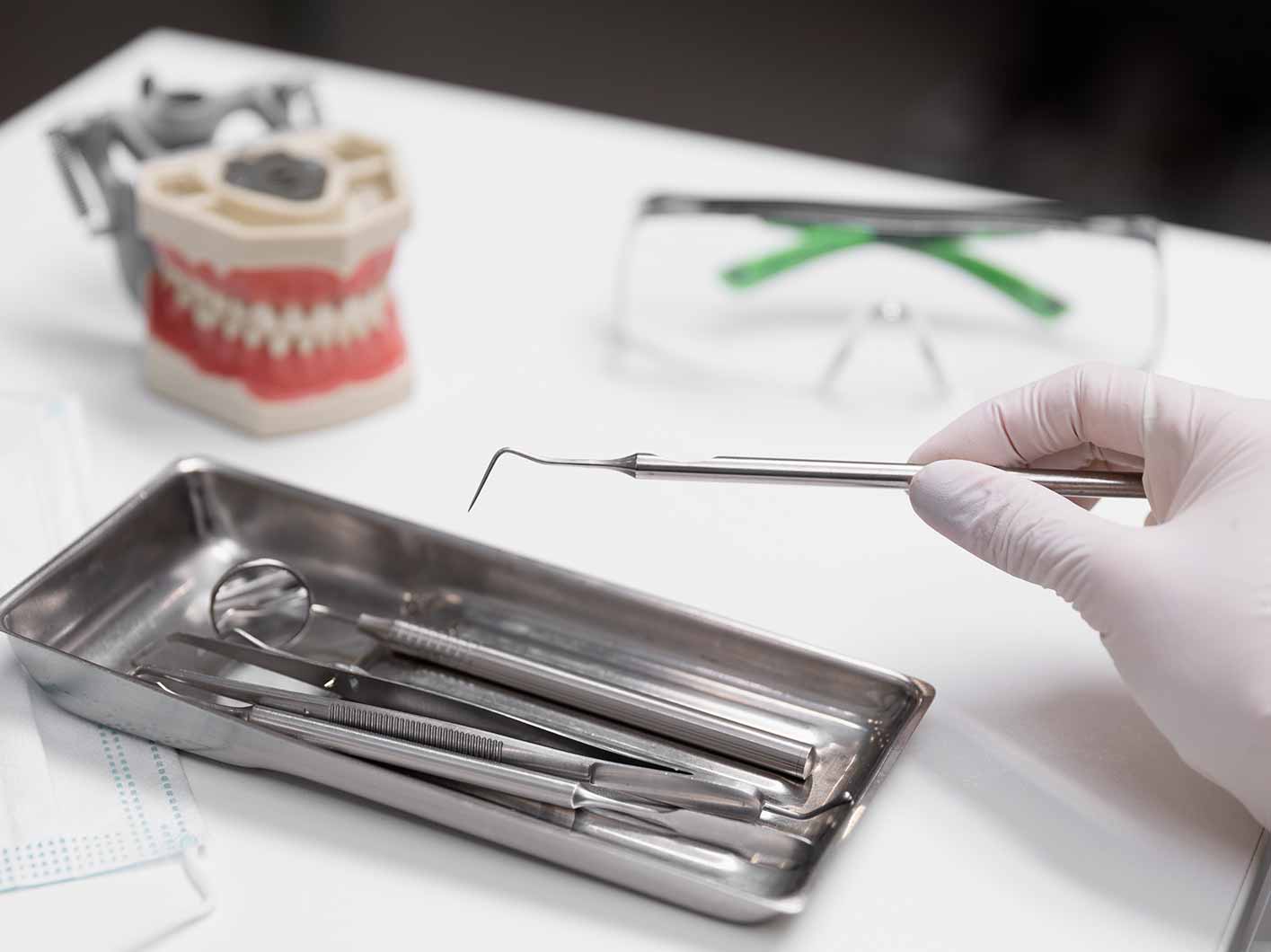
Vital pulp therapy is a treatment method applied when the living tissue inside the tooth (pulp) is infected or damaged. The infected pulp is removed, the canals are cleaned, and they are filled with filling material. This procedure helps maintain the tooth’s health and functionality.
Vital pulp therapy is typically applied in the following situations:
1. **Deep Cavities:** Deep cavities can reach the pulp area by penetrating the tooth enamel and dentin, leading to infection.
2. **Trauma:** Injuries or traumas to the tooth can cause harm to the pulp.
3. **Cracks and Fractures:** Cracks or fractures in the tooth can reach the pulp, causing inflammation.
Vital pulp therapy is generally performed in two main ways:
– **Pulpotomy:** Only the inflamed or infected upper part of the pulp is removed, and the remaining healthy portion is preserved. Subsequently, a special filling material is placed in the pulp area to promote healing. This procedure is commonly applied in children with primary (baby) teeth.
– **Root Canal Treatment:** If the infection or inflammation in the pulp is more advanced, the entire tooth is prepared for root canal treatment. All the tissue in the pulp is removed, and the root canals are thoroughly cleaned, disinfected, and filled. The tooth is then sealed with a filling or crown.
Vital pulp therapy alleviates pain and prevents tooth loss by preserving the natural structure of the tooth. The treatment is applied based on the evaluation and diagnosis of your dentist. If a significant portion of the pulp is damaged or if pulp necrosis (death) occurs, vital pulp therapy may not be suitable, and tooth extraction may be necessary. Therefore, it is crucial to seek dental attention promptly if you experience symptoms such as tooth pain or infection.

